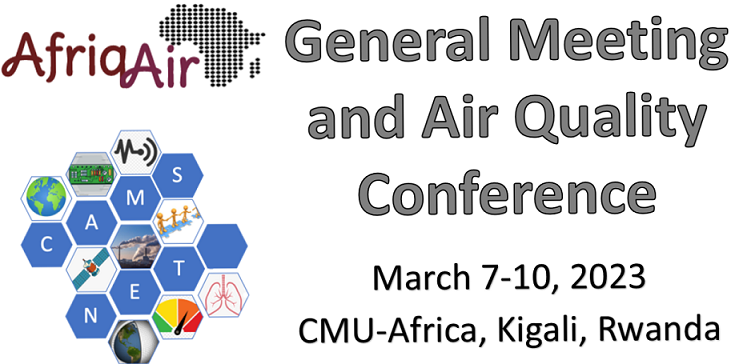Speaker
Description
Abstract
Most air quality indices in Nigeria are based on satellite data which do not always conform with ground based data. These statistics have also been used by the United Nations, African Development Bank including the World Bank for purposes of planning, policy formulation and to estimate health indices, over Nigeria and Africa at large without subjecting them to ground based data validation. Using these data, the World Health Organization reports that air pollution is the 4th leading risk factor for premature deaths and accounts for about 12 percent of all deaths, worldwide, reducing life expectancy by 2.2 years on average. The Organization also observed that over 80% of urban dwellers in West Africa are exposed to air quality levels that exceed WHO limits and accounts for about 7 million deaths globally. World Population Review, using 2019 data for 10 top countries with the worst air pollution- PM2.5 exposures, ranked Nigeria 5th with
70.4µg/m3 but 38th with 21.470.4µg/m3 when using 2018 data. The sharp difference is a manifestation of the weaknesses of satellite data. The pilot study carried out by Udo and Ewona from 2016 on characterization of air quality parameters in the Niger Delta Area, a project sponsored by TETFund, have further exposed the weaknesses of satellite data. Correlation indices for common pollutants produced weak values. Unfortunately, on ground based data are scanty in most African countries like Nigeria to validate such claims. The implication being that air pollution related statistics may not correlate well with actual data on ground rendering such information misleading. Nigeria is the most populous nation in Africa and according to World Population Review, Nigeria is the 39th most populous country in the world, with multiple densely populated cities that accommodate over one million people each. This paper reviews efforts made in Nigeria towards on-ground pollution monitoring and possible implications of over dependence on satellite data. Though Environmental institutions such as CAR-NASRDA and NESREA have been directed to collaborate with the global network for real-time observation and measurement of both gaseous and particulate pollutants in Nigeria, implementation efforts are far below expectation. While CARNASRDA has deployed only 11 purple Air and 5 clarity air devices between 2021 to date, NESREA has none functionally installed. This is clearly why on ground pollution data is scanty
Keywords: Satellite data, On-ground data, correlation indices, Data integrity

